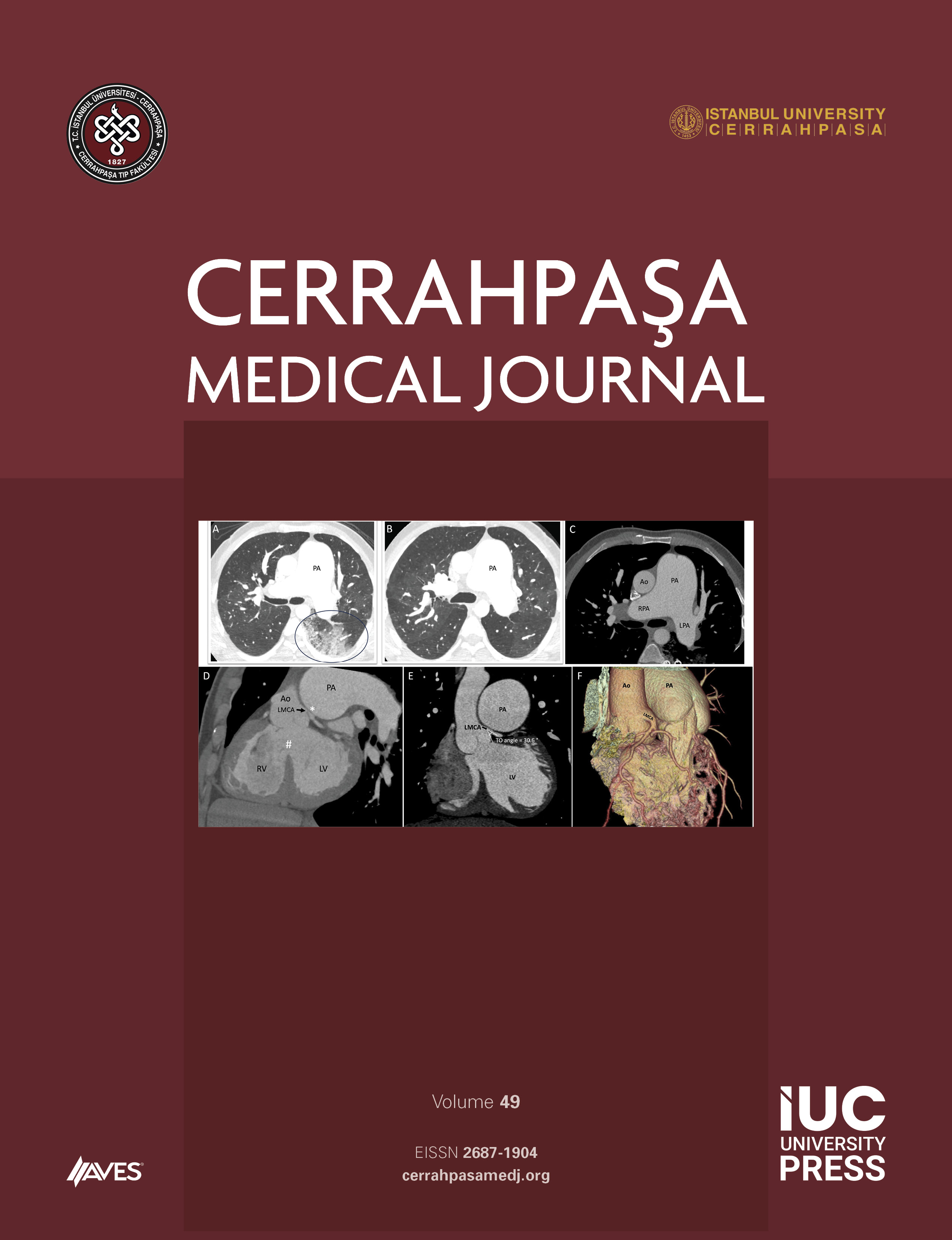Objective: The treatment of stones in anomalous kidneys requires challenging approaches. This study aimed to determine the factors affecting shock wave lithotripsy (SWL) results for stones in anomalous kidneys.
Methods: We retrospectively analyzed patients with anomalous kidneys who underwent SWL for kidney stones between January 1993 and December 2019. Patients were divided into 2 groups (stone-free group, group 1, and failure group, group 2). Demographic and clinical parameters were assessed. The predictors of stone-free status following SWL were identified.
Results: There were 67 male (72.2%) and 29 female (27.8%) patients, and the median age was 40 (30-49) years. Of the 96 patients, 42 (43.8%) had horseshoe kidneys, 37 (38.5%) had duplex systems, 12 (12.5%) had renal parenchymal anomalies (polycystic kidney and medullary sponge kidney), and 5 (5.2%) had ectopic pelvic kidneys. Stone clearance was achieved in 53 (55.2%) of the 96 patients. The median stone volume was 1.2 (0.7-1.6) cm2 in group 1 and 1 (0.6-3) cm2 in group 2 (P = .796). In terms of complications (P = .982) and stone-free status (P = .587), there were no statistically significant differences between the different types of anomalies. However, recurrent stones were found to have lower stone-free rates than new-onset stones (P = .029).
Conclusion: In this study, only recurrent stones were found to have lower stone-free rates. SWL has similar effectiveness for different anomaly types.
Cite this article as: Şimşekoğlu MF, Selçuk B, Aferin U, et al. Shock wave lithotripsy in anomalous kidneys: an experience of a tertiary care institution. Cerrahpaşa Med J. 2024;48(3):284-288.



